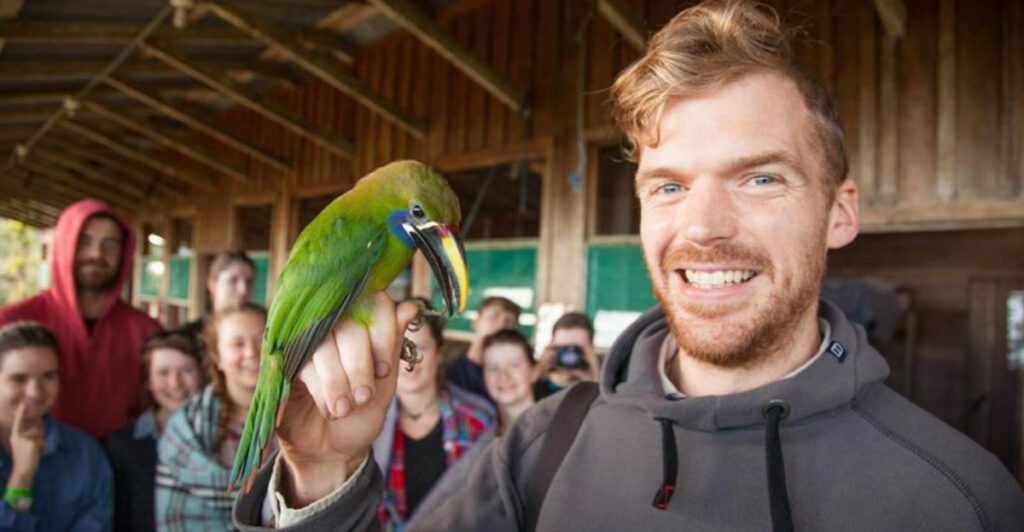South America hosts some of the world’s most incredible wildlife, from jaguars prowling through the Amazon to condors soaring over the Andes. However, not all wildlife encounters benefit the animals we love to see. Many tourist activities actually harm wildlife through exploitation, habitat disruption, and unethical practices that prioritize profit over animal welfare.
1. Support Ethical Wildlife Sanctuaries and Rehabilitation Centers
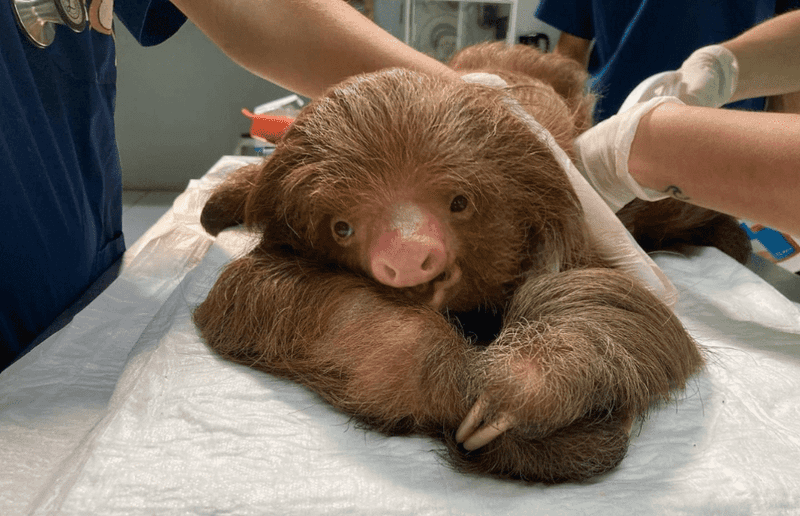
Authentic wildlife sanctuaries focus on healing injured animals and returning them to their natural homes. Organizations like CIWY in Bolivia and Amazon Shelter in Peru dedicate their efforts to rehabilitation rather than entertainment.
Real sanctuaries never allow tourists to hold, ride, or take selfies with wild animals. Instead, they educate visitors about conservation while maintaining safe distances from recovering wildlife.
Before visiting any facility, research their mission and practices online. Legitimate centers will clearly explain their rehabilitation goals and show transparent records of animals they’ve successfully released back into the wild.
2. Choose Eco-Conscious and Wildlife-Friendly Tours
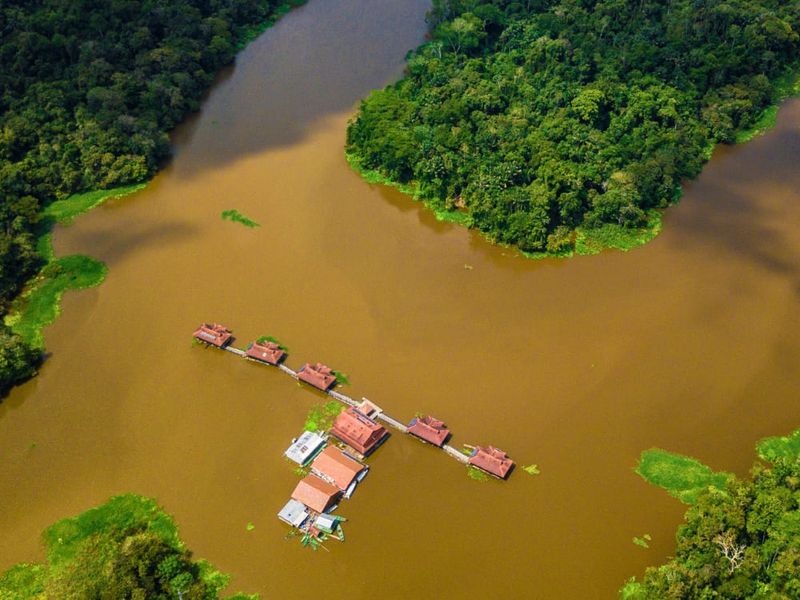
Certified eco-tour operators make all the difference in protecting wildlife habitats. Look for companies certified by organizations like Rainforest Alliance or Travelife, which ensure environmental standards are met.
The best tours employ local guides trained in biology and wildlife ethics. These experts understand animal behavior and know how to observe wildlife without causing stress or disruption.
Small group sizes reduce environmental impact and create better experiences for everyone. Indigenous-led tours often provide the deepest insights, combining traditional knowledge with modern conservation practices to create meaningful, respectful wildlife encounters.
3. Report and Refuse Wildlife Exploitation
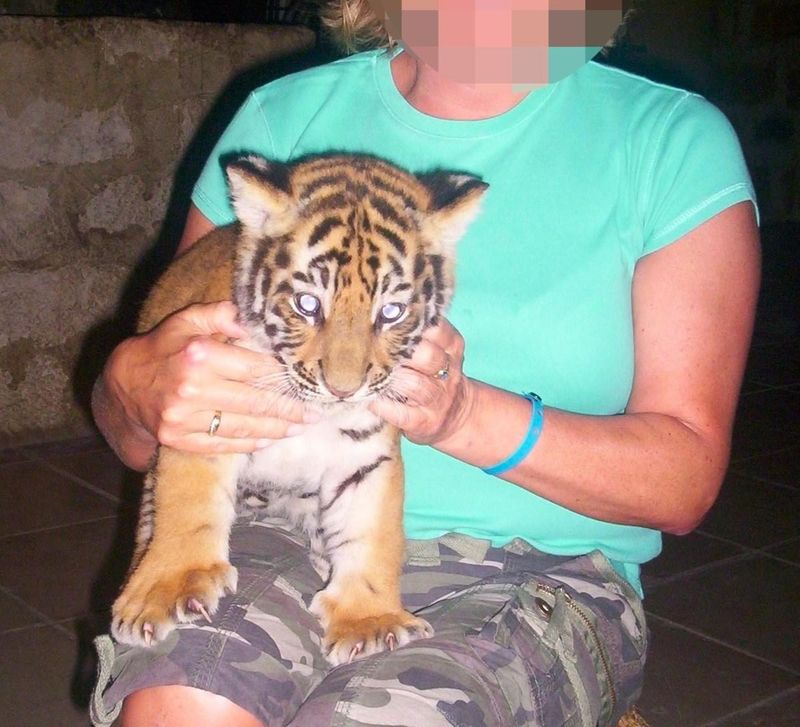
Street photography with wild animals represents one of the cruelest forms of wildlife exploitation. Sloths, snakes, and baby monkeys are often drugged or mistreated to make them docile for tourist photos.
Animals kept in tiny cages or chained for performances suffer tremendous stress and health problems. These situations cause both physical and psychological harm that can last a lifetime.
Always refuse to participate in these activities, even if locals pressure you. Report abuse to organizations like World Animal Protection or local wildlife authorities. Your actions can help shut down harmful operations and protect vulnerable animals.
4. Volunteer Responsibly with Conservation Programs
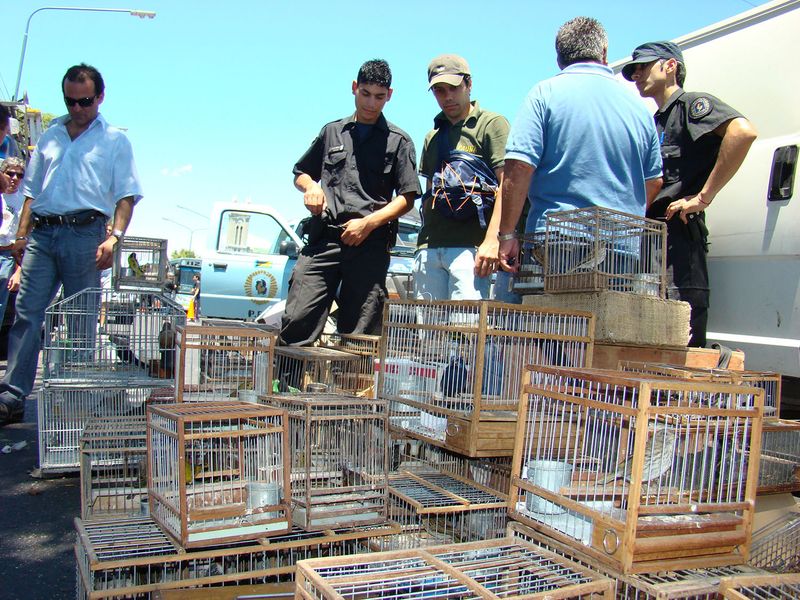
Meaningful volunteer programs focus on long-term conservation goals rather than quick tourist experiences. Quality programs provide proper training and work alongside local scientists and conservationists to create lasting impact.
Avoid short-term “voluntourism” that offers minimal training or unsupervised contact with dangerous animals. Programs involving big cats or primates require extensive expertise and should never allow casual volunteer interaction.
Research volunteer organizations thoroughly before committing. Look for programs that clearly explain their conservation goals, provide references from past volunteers, and demonstrate measurable results in wildlife protection and habitat preservation efforts.
5. Respect Wildlife in Their Natural Habitat
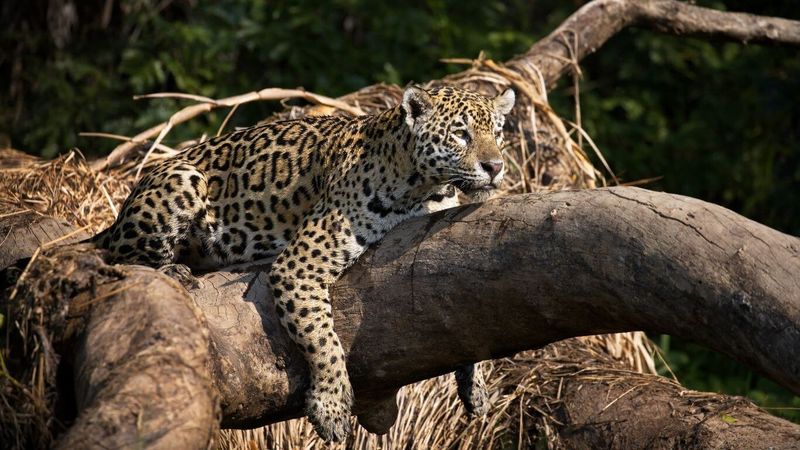
Wild animals need space to behave naturally without human interference. Maintain safe distances using binoculars or camera zoom lenses instead of approaching closely for better photos or videos.
Never feed wild animals, as this changes their natural foraging behavior and can make them aggressive or dependent on humans. Follow your guide’s instructions completely, staying quiet and moving slowly to avoid startling wildlife.
In sensitive areas like the Amazon, choose low-impact transportation such as small boats or walking trails. Avoid purchasing souvenirs made from animal parts like feathers, bones, or turtle shells, which fuel illegal wildlife trade.
6. Buy Responsibly to Combat Wildlife Trade
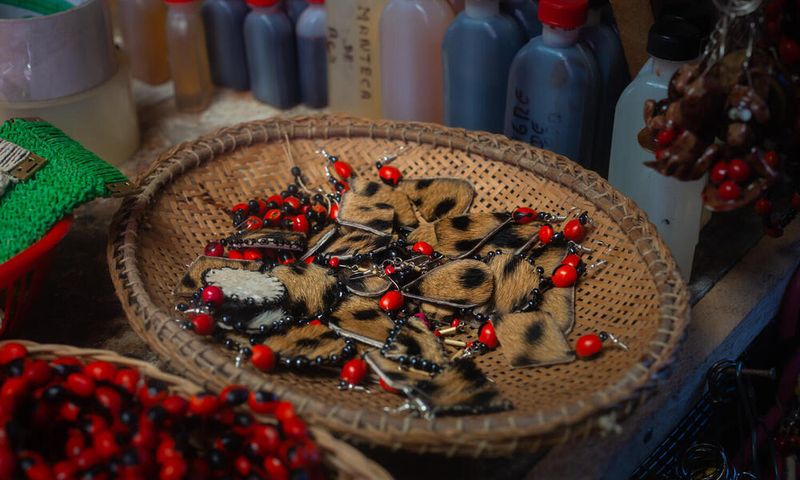
Illegal wildlife trade threatens countless South American species through demand for exotic pets and animal-based souvenirs. Parrots, monkeys, and reptiles are frequently trafficked, causing immense suffering and population decline.
Refuse to buy jewelry or crafts made from turtle shells, exotic bird feathers, or animal bones. These purchases directly support poaching and habitat destruction that devastates wildlife populations.
Instead, support community-based cooperatives that create beautiful handicrafts from sustainable plant materials. These purchases provide income to local families while protecting wildlife habitats and encouraging conservation efforts throughout the region.
7. Support Citizen Science and Conservation Research
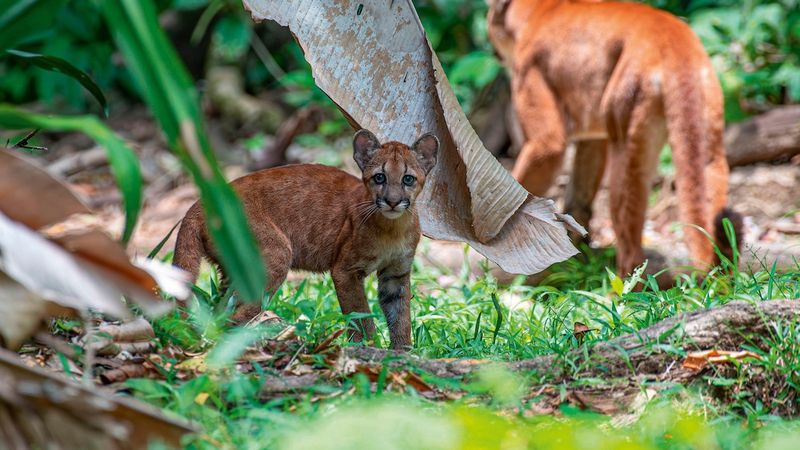
Tourist participation in scientific research creates valuable data while providing meaningful travel experiences. Programs like iNaturalist allow travelers to contribute wildlife observations that help scientists track species populations and distributions.
Specialized projects such as jaguar identification in the Pantanal or bird counting programs in the Andes rely on tourist participation to gather crucial conservation data across vast territories.
These programs combine education with real scientific contribution, helping travelers understand local ecosystems while supporting research efforts. Your observations and photographs can contribute to important studies that influence conservation policies and protection strategies.
8. Advocate and Educate for Long-Term Impact
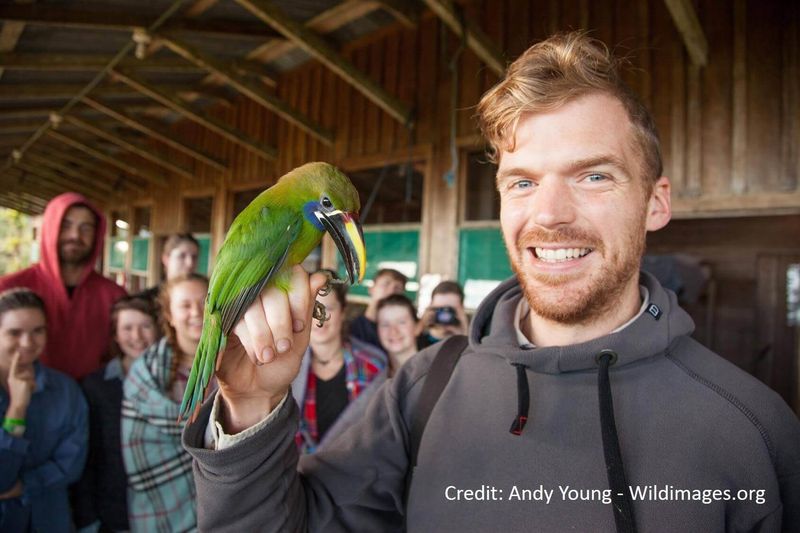
Your influence extends far beyond your travel dates through sharing ethical wildlife experiences with friends, family, and social media followers. Positive stories about responsible tourism inspire others to make better choices.
Support policy changes that protect South American biodiversity by contacting representatives about deforestation, poaching, and habitat destruction. Your voice can influence international conservation agreements and funding decisions.
Continue supporting conservation efforts after returning home through donations to trusted organizations like Panthera, WWF Latin America, or Amazon Watch. These groups work year-round to protect the wildlife and habitats you experienced during your travels.

